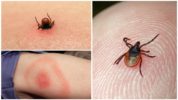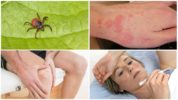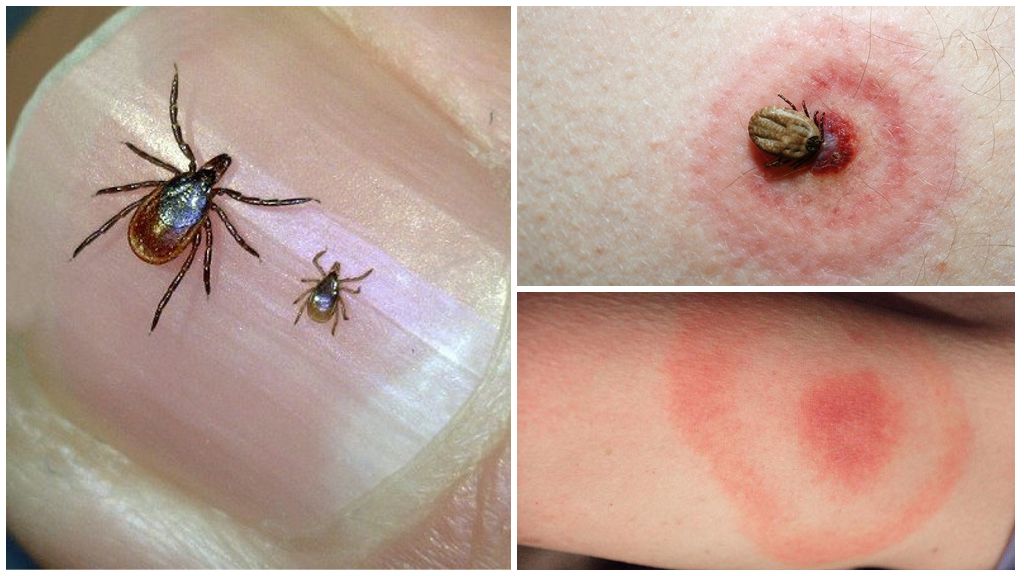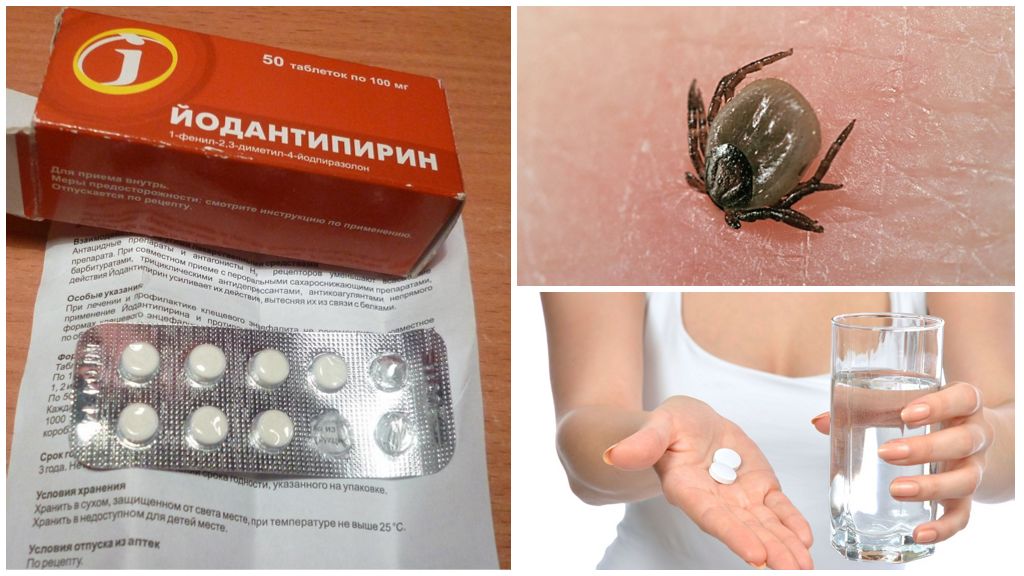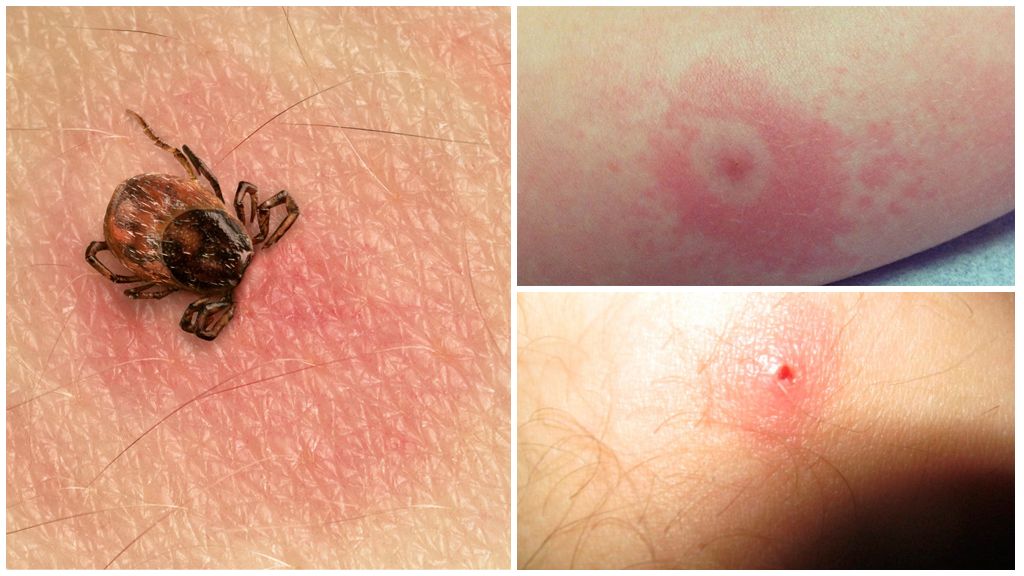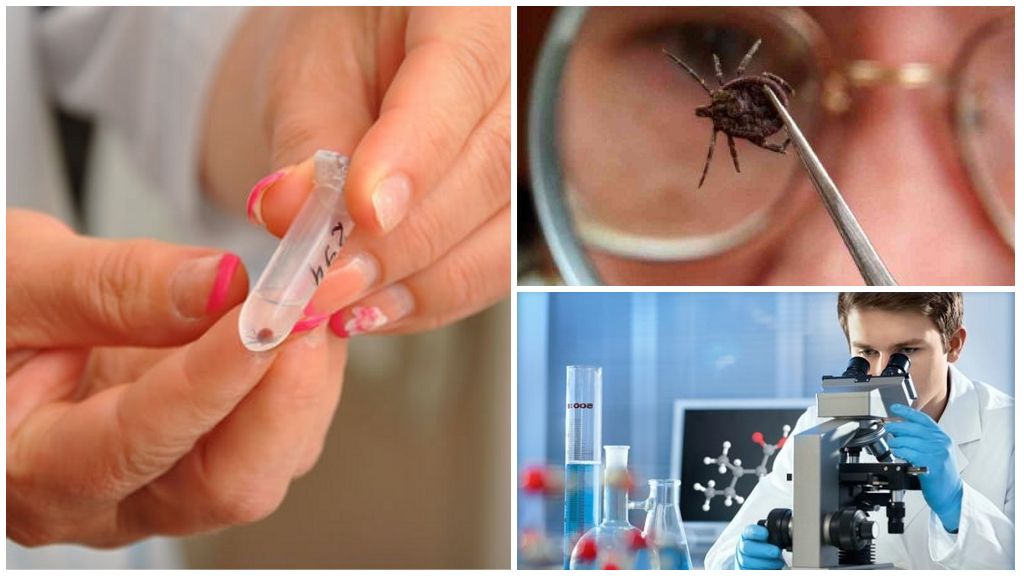- Tick bite
- Tick bite reaction
To streamline and systematize the existing diagnoses, a special guide was compiled. It consists of ciphers and codes, which mean various diseases. The international classification of diseases of the 10th revision has been introduced in the Russian Federation since 1999 and is relevant to the present. The system also has an ICD code of 10 tick bites, as well as complications that arise as a result of parasite damage.
The main provisions of the classifier
All diseases in the classifier are systematized and divided into multiple blocks and headings. That is why it will be easy to determine the diagnosis code according to ICD 10. Ciphers are used when filling out medical documents. These are cards, sick leave and other certificates. The purpose of entering the code instead of the uppercase name of the diagnosis is also to preserve medical confidentiality regarding the patient’s diagnosis.
In total, ICD 10 has 21 class of diagnoses. Ciphers are composed of Latin letters and Arabic numerals. In the classifier, you can find a person's disease with codes A00-Z99.
Important!
In the classification system according to ICD 10, there is also 22 class. It is used exclusively for research purposes, and it is not basic.
In printed form, the ICD is 3 volumes:
- Designations and decoding.
- ICD application rules.
- Alphabetical Index.
All diagnoses in ICD 10 are grouped according to the following principles:
- epidemic
- are common;
- anatomical localization groups;
- human conditions that are associated with developmental problems;
- injuries.
Tick bite can cause infection in the human body and provoke the development of a dangerous disease. Bites of animals, insects, as well as probable complications after them also have their own code.
Designations in the classifier
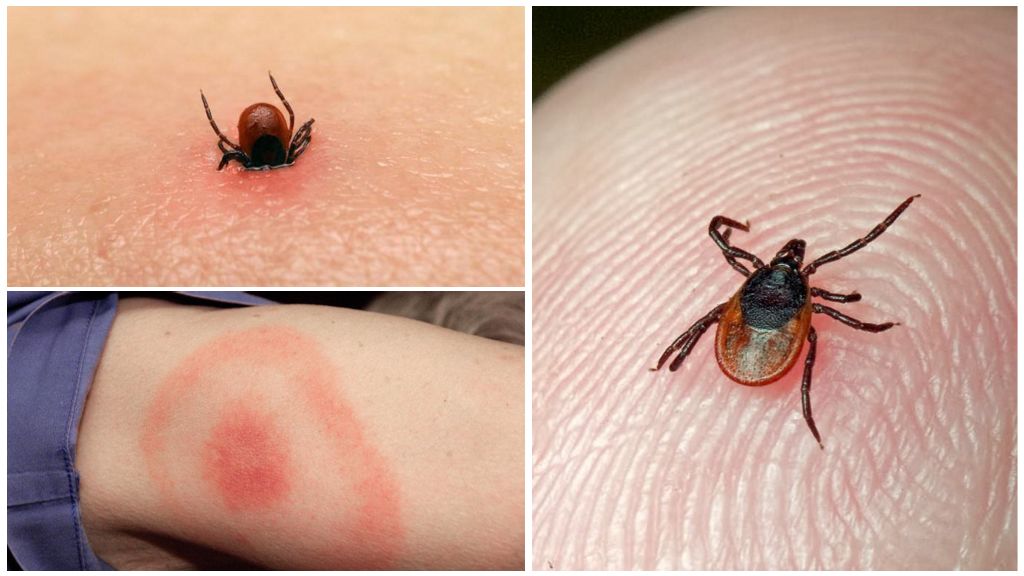
The code for ICD is the bite of a tick B88.8. A complete hierarchical list is as follows:
- Class I. Parasitic and infectious diseases.
- Section Pediculosis, acariasis and other infestations.
- B Other infestations
- B8 Other specified infestations.
- B88.9. Unspecified infection. Tick infestation without additional specifications (NOS).
The consequences of a tick bite are fraught with diseases such as borreliosis and encephalitis, which pose a direct danger not only to health, but also to human life. They also have their own code in the international classification system.
Lyme Disease
A person can get an infection after being bitten by a tick that parasitized on the body of an infected deer. Borreliosis It is widely distributed in Central Asia, Europe and North America.
If the parasite was infected, then the following reaction to a tick bite is observed:
- From the place of suction of the tick, a red rash begins to spread. The shape of the rash is in the form of circles. The center remains clean.
- Chills.
- High body temperature.
- Joint pain.
- Headache.
- Weakness.
If a person has noticed such symptoms, you should immediately seek help from specialists.
Human borreliosis belongs to the group of infections caused by spirochetes and has the code A69.2

Tick-borne encephalitis
Symptoms have numerous similarities with the manifestation of the classic flu in humans.If you do not take this fact into account and begin treatment for a common cold, it will begin to progress rapidly. Encephalitis affects the nervous system, the brain. Damages are quick and lead to irreversible consequences and even death. The greatest danger is its diagnosis in children.
Tick-borne viral encephalitis according to the ICD is found in viral infections of the central nervous system and is a separate group of tick-borne viral encephalitis A84.0.
Other ICD codes
Also, the result of a tick bite can be the development of dermatobiasis and tick-borne acarodermatitis.
Dermatobiasis is a parasitic type of disease. Eggs become the source gadflythat their females lay in the body tick. After a bite, larvae hatch from the eggs and begin to parasitize in the human body.
Acrodermatitis is expressed in the appearance of an allergic reaction against a tick bite.
Acardermatitis appears in the first class of the section head lice, acariasis and other infestations. ICD code B88.
Dermatobiasis with code B89 is defined in a first-class group called pediculosis, acariasis and other infestations.
Thus, the bite of the parasite is a serious danger, so you need to know the rules of behavior in this situation. Turning to specialists will help to avoid serious complications and timely begin treatment for the disease.
